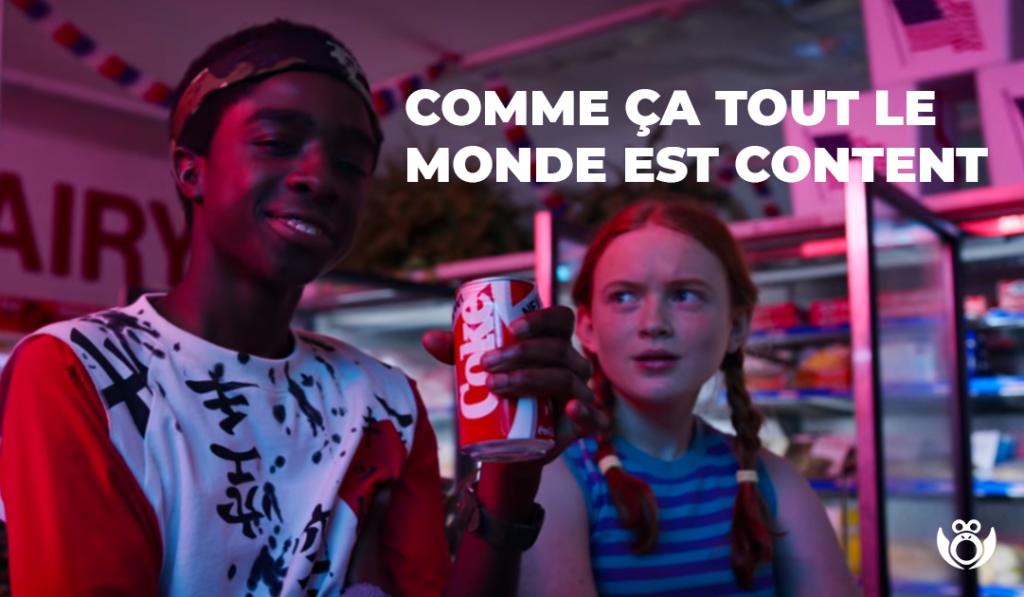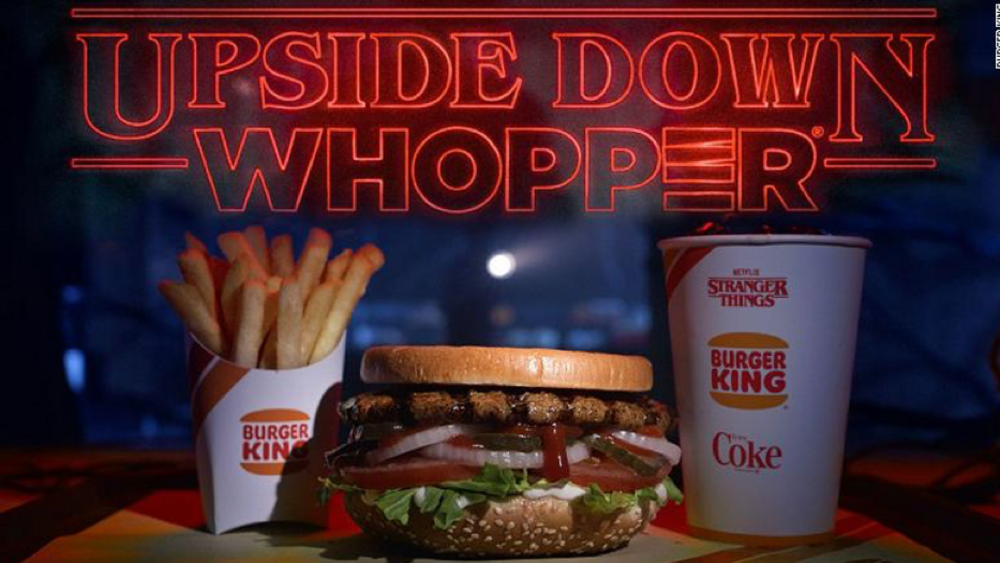How did Stranger Things initiate the future of product placement?

Stranger things is the series that has broken audience records on Netflix. After the launch of its 3rd season on July 4, 2019, it became the most-watched series on the platform 4 days after its release. While it's tempting to touch on various plot points in this article, I won't because that's not the point and I imagine your time is valuable. To at least situate yourself, know that this is a story taking place during the 80s in a remote town in the United States.
I bring this series to your attention because it is probably a textbook case of what will be the collaborations between brands and entertainment programs in the future. We always repeat with as much conviction, the advertisements will always exist but the acceptance of their message will not stop declining as long as they continue to interrupt the content sought by consumers.
Being part of the wanted content is what smart brands are looking for now.
Stranger Things, a turning point in the brand-entertainment dynamic
Season 3 of Stranger Things demonstrated how the union of advertising and entertainment can allow everyone to solve their respective challenges, mutually benefiting from their striking powers.
The effectiveness of product placement has been proven for more than 30 years. I am thinking in particular of the appearance of the Reese Peaces brand, whose sales jumped 65% after their iconic role in Steven Spielberg's ET the Extra-Terrestrial .
But these integrations offer more than just business results. Today, authenticity and emotional connections are essential for marketers. In Stranger Things, Coca Cola seized the opportunity to reposition its Coke product in 1980s America, a period when soft drinks and junk food were much less singled out than they are today.
While brands obviously gain a lot from thoughtful product placement, the value gained from entertainment is likely greater. Stranger Things for example signed more than 75 brand offers for its 3rd season by extending their integration beyond the simple episode. The Duffer brothers' series incorporated H&M and Levi's clothing lines throughout the season.
Where Netflix and Stranger Things have hit very hard is in maintaining the series in conversations well beyond the usual durations. By forcing Coca-Cola to relaunch its old Coke drink (which was a marketing failure when it was released in 1985), and by getting Burger King to release an upside-down Hamburger in its box (the upside-down world is a plot element), Netflix has managed to keep Stranger Things in the consciousness of its audience for longer.

As if the tables had been turned, the brand ads act as promotions for Stranger Things, while the episodes of the series become long-run commercials for the brands.
With production budgets of over $ 8 million per episode, Netflix series are not only designed to satisfy content-hungry subscribers, but also to entice the rest of the population to subscribe to the platform. The ubiquity of Stranger Things partnerships, across different products and services, is designed to reach a large audience and spark everyone's interest.

While the overexploitation of data has continued to increase consumers' rejection of advertising (61% refuse to be targeted based on their previous browsing), 57% of Netflix subscribers say they would leave the streaming service if it adopted an ad-supported model. The model used in Stranger Things is probably the most acceptable and enduring.
Creating ads that incorporate consumers' favorite content is a boon for both the brand and the program.
We have entered an era where entertainment needs brands as much (if not more) than brands need entertainment.
And if you want to create meaningful collaborations, we invite you to discover our Brand Services offer.